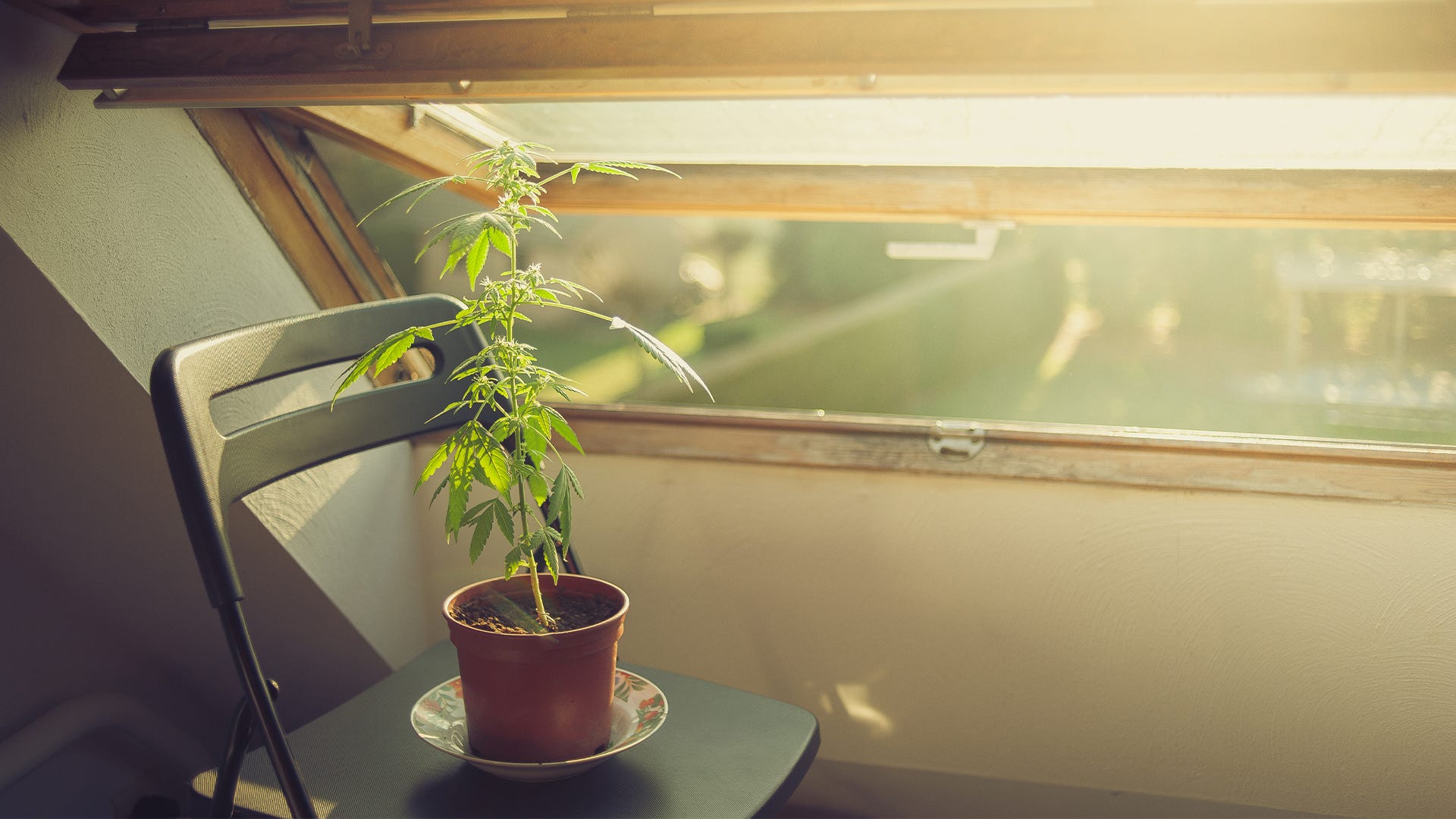
It’s no secret that some indoor gardeners devote some or all of their space to growing marijuana for their own use. What’s new is that an expanding number of states are permitting cultivation of marijuana for medical purposes and, in a few cases, for recreational use. Before deciding to plant cannabis (the botanical name for pot) in your indoor garden, you’ll want to get familiar with your state’s laws and the legal limitations on growing cannabis. First, while individual state laws vary, at this time federal law still prohibits marijuana possession, cultivation, and use, and the federal government can prosecute (and it has) people living where state laws allow it.
Recreational
As of October 2015, Alaska, Colorado, Oregon, Washington, and the District of Columbia have legalized recreational as well as medical use of marijuana. In Alaska, Colorado, and D.C., citizens over age 21 may grow up to six plants for personal use. Four plants is the maximum in Oregon; 15 is the limit in Washington.
Medical
Alabama, Arizona, California, Connecticut, Delaware, Florida, Georgia, Illinois, Iowa, Kentucky, Hawaii, Maryland, Maine, Massachusetts, Michigan, Minnesota, Missouri, Montana, Nevada, New Hampshire, New Jersey, New Mexico, New York, Oklahoma, South Carolina, Tennessee, Utah, Virginia, Vermont, and Wisconsin have approved the medical use of marijuana in one form or another. In these states, all growers must be registered, and unauthorized growers may be charged with misdemeanors for a few plants and with felonies for amounts deemed in excess of personal use, typically about 1 ounce (or about three plants).
Decriminalized
California, Connecticut, Maine, Maryland, Massachusetts, Minnesota, Mississippi, Nebraska, Nevada, North Carolina, Ohio, Rhode Island, and Vermont treat marijuana cultivation for personal use (1 ounce or less, or about three plants) as a misdemeanor.
Always Illegal
Possessing or growing any amount of marijuana for any purpose may be treated as a felony in Arkansas, Idaho, Indiana, Kansas, Louisiana, North Dakota, Pennsylvania, South Dakota, Texas, and West Virginia.



